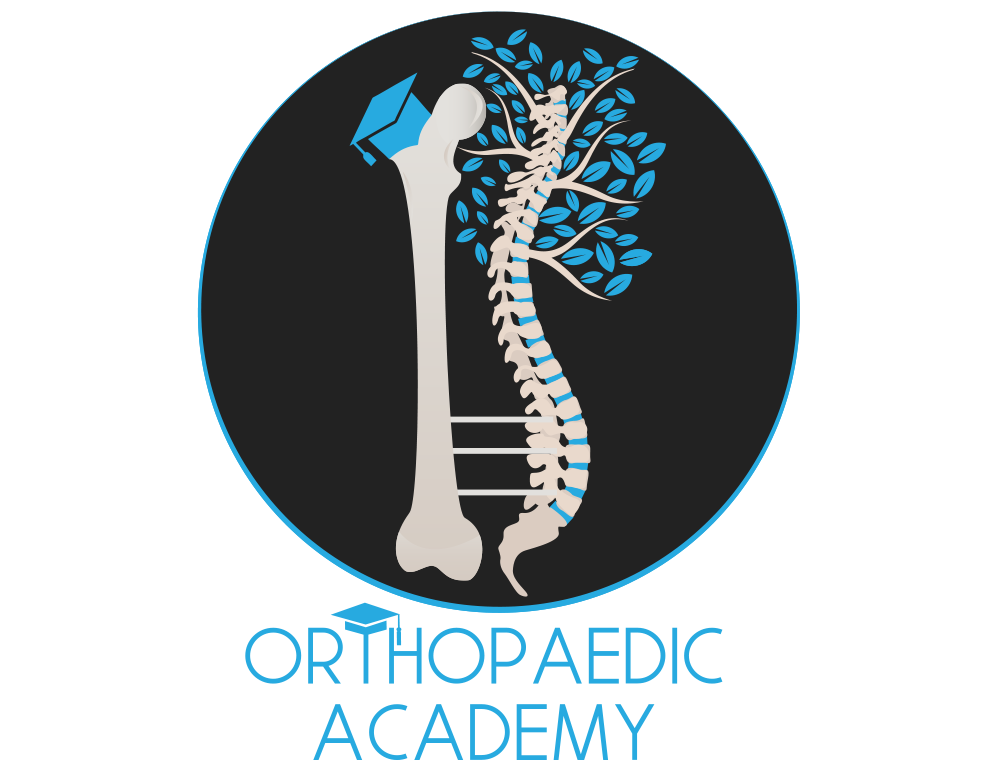Comprehensive Guide to Musculoskeletal X-Ray Interpretation


Musculoskeletal (MSK) X-ray interpretation is a critical skill for medical students, doctors, and healthcare professionals involved in the diagnosis and management of orthopedic conditions. This comprehensive guide will provide a detailed approach to interpreting MSK X-rays, enhancing your understanding and ability to identify common pathologies. We will follow a systematic method to ensure no detail is missed, making this guide an invaluable resource for your OSCE preparation.
Systematic Approach to MSK X-ray Interpretation
Introduction
X-rays are a fundamental tool in the evaluation of musculoskeletal conditions. A systematic approach to interpreting these images helps ensure that important details are not overlooked. The following method can be applied to any MSK X-ray:
- Patient Details and Image Quality
- Bone and Joint Alignment
- Bone Density and Structure
- Cartilage Spaces
- Soft Tissues

Let’s dive into each step in detail.
- Patient Details and Image Quality
Before interpreting the X-ray, verify the patient’s details (name, date of birth, date of the X-ray) and ensure the image quality is adequate. Poor image quality can obscure important findings.
- Patient Details: Confirm the name, age, and date on the X-ray to ensure you are reviewing the correct image.
- Image Quality: Assess for proper exposure, positioning, and any artifacts that may affect interpretation.
- Bone and Joint Alignment
Evaluate the alignment of bones and joints. Misalignment can indicate fractures, dislocations, or other pathologies.
- Alignment: Check for proper anatomical alignment. Bones should be in their correct anatomical positions relative to each other.
- Joint Spaces: Symmetry in joint spaces is crucial. Asymmetry can suggest dislocations or joint effusions.

Trace around the bone cortex carefully to identify fractures (arrow)
- Bone Density and Structure
Examine the density and structure of the bones to identify any abnormalities such as fractures, lesions, or bone diseases.
- Bone Density: Normal bone appears as a consistent grey shade. Areas of increased or decreased density can indicate various conditions such as osteopenia or sclerosis.
- Cortex and Medulla: The cortex should be intact without any breaks or irregularities. The medulla should have a uniform trabecular pattern.

Osteosarcoma affecting the tibia
- Cartilage and joint Spaces
Assess the cartilage spaces for uniformity. Narrowing of these spaces can suggest degenerative changes or arthritis.
- Joint Space Narrowing: Reduced joint space can be indicative of cartilage loss or osteoarthritis.
- Subchondral Bone: Look for sclerosis or cysts beneath the cartilage, which may indicate degenerative joint disease.

Joint dislocation of the metacarpophalangeal joint of the 5th digit
- Soft Tissues
Review the soft tissues surrounding the bones and joints for signs of swelling, masses, or foreign bodies.
- Swelling: Soft tissue swelling can be a marker of underlying trauma or infection.
- Masses: Abnormal soft tissue masses should be noted and further investigated.

X-ray of the knee of a 12-year-old male, showing knee effusion of medium severity, marked by black arrows. It displaces the patella anteriorly and extends into the suprapatellar bursa.
Common Pathologies in MSK X-rays
Fractures are one of the most common findings on MSK X-rays. They can be classified into several types:
- Simple Fracture: A clean break without multiple fragments.
- Comminuted Fracture: The bone is broken into multiple pieces.
- Greenstick Fracture: Incomplete fracture commonly seen in children.
- Pathological Fracture: Occurs in bone weakened by disease.

This is an x-ray image of a spiral fracture to the left humerus

A comminuted pilon fracture of the lower tibia and fibula
Dislocations occur when bones are forced out of their normal positions at the joint. Common sites include the shoulder, elbow, and hip.
- Anterior Dislocation: Most common type, especially in the shoulder.
- Posterior Dislocation: Less common but can occur in the shoulder and hip.

Arthritis
Arthritis can be identified by joint space narrowing, subchondral sclerosis, and the presence of osteophytes.
- Osteoarthritis: Degenerative joint disease with characteristic findings of joint space narrowing and osteophyte formation.
- Rheumatoid Arthritis: Inflammatory arthritis with symmetrical joint space narrowing and erosions.
Osteoarthritis of the left knee. Note the osteophytes (right side of joint), narrowing of the joint space, and increased subchondral bone density (black arrow).
Bone Tumors
Bone tumors can present with a variety of radiographic appearances. Look for any abnormal growths or lesions.
- Benign Tumors: Well-defined, without cortical destruction.
- Malignant Tumors: Ill-defined, with cortical destruction and periosteal reaction.
Conclusion
Interpreting MSK X-rays requires a methodical approach to ensure no detail is overlooked. By following the steps outlined in this guide, you can develop a systematic approach that will aid in identifying a wide range of pathologies. Practice is essential, so review as many X-rays as possible to hone your skills. Remember to always correlate radiographic findings with the clinical context for accurate diagnosis and management.

